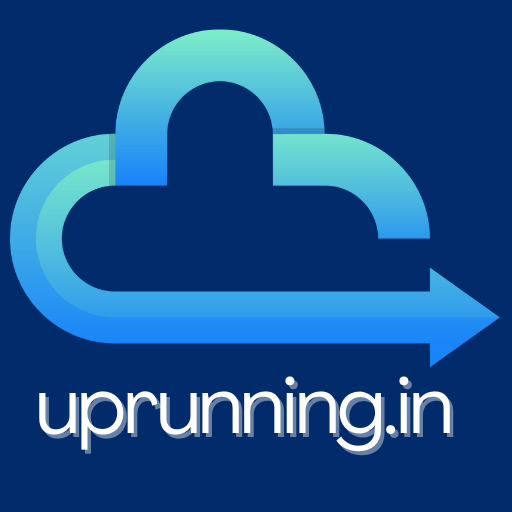As organizations move beyond experimentation and proof-of-concepts, the challenge isn’t just building AI—it’s scaling it. Azure AI Foundry provides a modular, secure, and extensible foundation to create AI workflows that are scalable, traceable, and production-ready.
In this blog, we’ll explore how to design, orchestrate, and scale end-to-end AI workflows using Azure AI Foundry—complete with architecture best practices and real-world examples.
🚦 Why Scalable Workflows Matter
Developers often start with a Jupyter notebook or a simple API call to a foundation model—but what happens when:
- Multiple teams need to collaborate?
- Models need continuous updates?
- Business apps require always-on inference?
- You need robust monitoring and compliance?
This is where workflow orchestration comes in—and Foundry makes it easy.
⚙️ What Is an AI Workflow?
An AI workflow is the entire pipeline that enables your LLM-driven app to function. It typically includes:
- Data Ingestion
- Preprocessing & Vectorization
- Prompt Engineering / RAG
- Model Inference
- Post-processing / Output Formatting
- Deployment & Monitoring
Each component must be modular and reusable to make the system scalable and maintainable.
🧱 How Azure AI Foundry Supports Workflows
🔹 Azure AI Studio: Your Workflow HQ
Use Azure AI Studio’s Prompt Flow module to visually build and test multi-step flows. These flows can include:
- Function calls to external APIs
- Data lookups from Azure AI Search
- Conditional logic (e.g., fallback models)
- Evaluation steps with human-in-the-loop checks
Everything can be version-controlled, logged, and reused across projects.
🔹 Azure Machine Learning Pipelines
Foundry integrates deeply with Azure ML Pipelines, which allow you to:
- Chain multiple ML steps
- Automate retraining and model versioning
- Track lineage and metrics for every run
🏢 Real-World Example:
A fintech company uses Azure AI Foundry + Azure ML to ingest daily transaction data, generate risk summaries via GPT-4, and alert compliance officers—all as part of an orchestrated pipeline that runs every 4 hours.
📌 Anatomy of a Scalable LLM Workflow (Example)
Let’s break down a real use case: Automated Legal Document Analyzer
Goal: Extract key clauses and generate a plain-English summary.
🔁 Workflow Steps:
- Upload → Azure Blob triggers ingestion
- OCR (if needed) → Form Recognizer
- Chunking & Indexing → Azure AI Search
- Prompt Flow → RAG + GPT-4 summarization
- Output → JSON + PDF via Logic Apps
- Audit Logging → Azure Monitor + Purview
All steps are modular, versioned, and scalable. You can run them on-demand or automate via events.
🛡️ Scaling Securely
🔐 Best Practices:
- Use Managed Identity to secure inter-service calls
- Define clear RBAC roles for team members
- Use Private Endpoints for model and data APIs
- Enable rate limits and abuse monitoring for public-facing endpoints
🔍 Real-World Note:
A healthcare SaaS provider used Purview with Foundry to classify sensitive data automatically before feeding it into prompts—ensuring compliance with HIPAA.
📈 Monitoring, Retraining & Feedback Loops
Azure AI Foundry makes MLOps for LLMs easier by supporting:
- Telemetry via Azure Monitor
- Drift detection and prompt regression testing
- Evaluation tools for human-in-the-loop feedback
- Version rollback and AB testing for prompts
You can even automate retraining or reindexing via GitHub Actions or Azure DevOps pipelines.
🧰 Developer Toolkit
| Tool | Purpose |
|---|---|
| Azure AI Studio | Build and test flows + copilots |
| Azure ML | Pipelines, model management |
| Azure AI Search | RAG and semantic search |
| Prompt Flow SDK | Script and automate workflow steps |
| Azure DevOps | CI/CD for AI assets |
🔄 Reusability = Scalability
Build once, use many times. Foundry allows you to:
- Package prompt flows into reusable modules
- Template projects for new use cases
- Share models and datasets across teams
This is a game-changer for organizations building copilot fleets across departments (Finance, HR, Legal, IT, etc.).
🧭 Final Thoughts
Scalable AI isn’t just about infrastructure—it’s about designing reusable, traceable, and robust workflows. Azure AI Foundry brings all the pieces together to let you move fast, stay compliant, and build confidently.
✅ Pro Tip: Treat every workflow as a product. Add telemetry, documentation, and a user feedback channel to evolve it continuously.
![]()

Leave a Reply